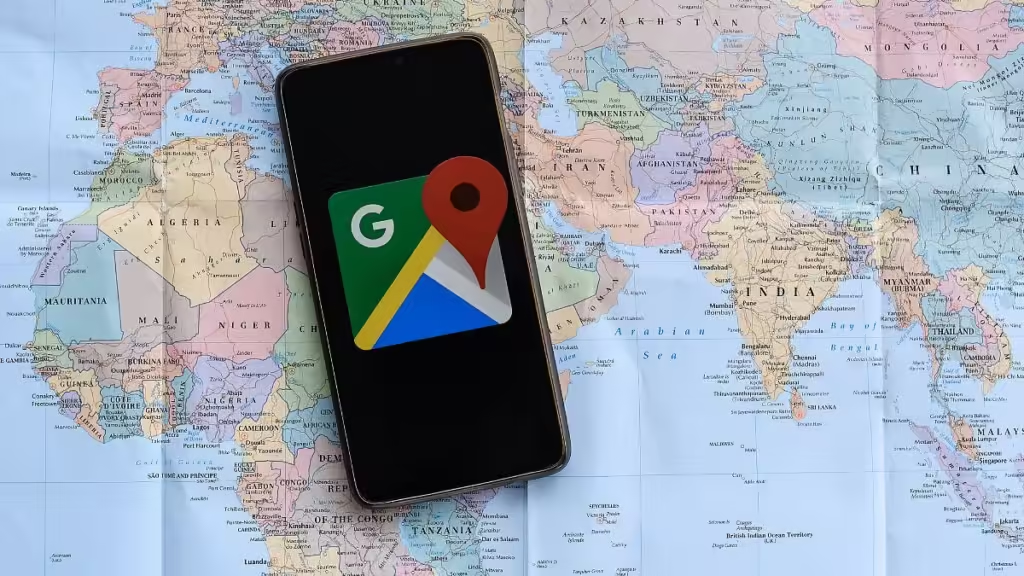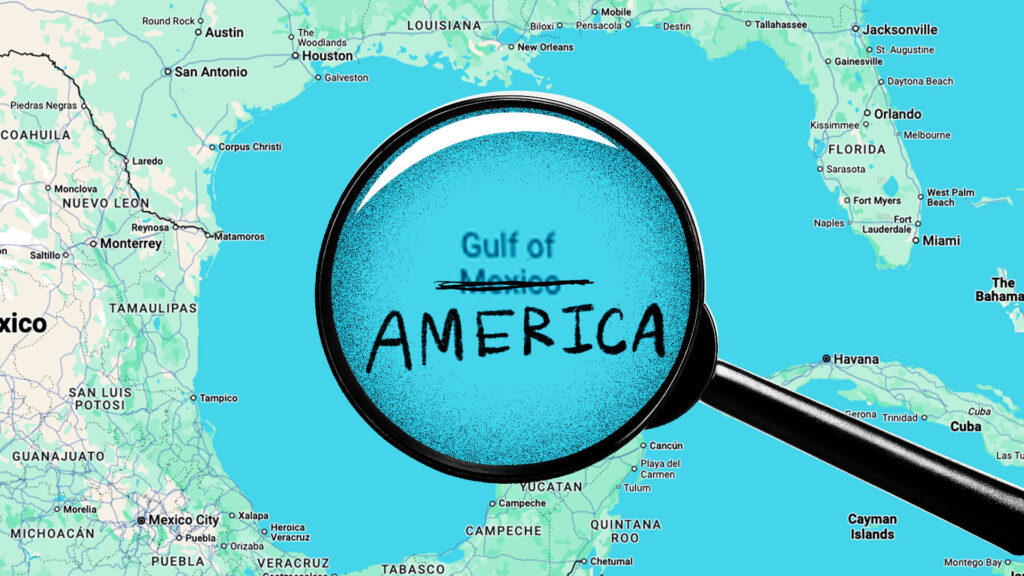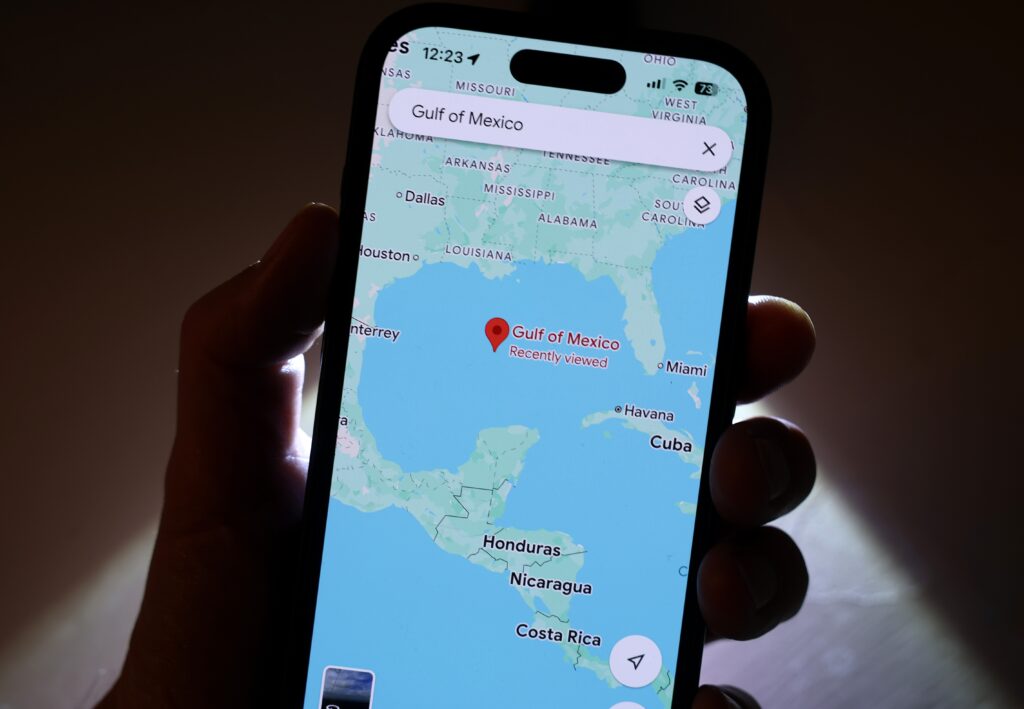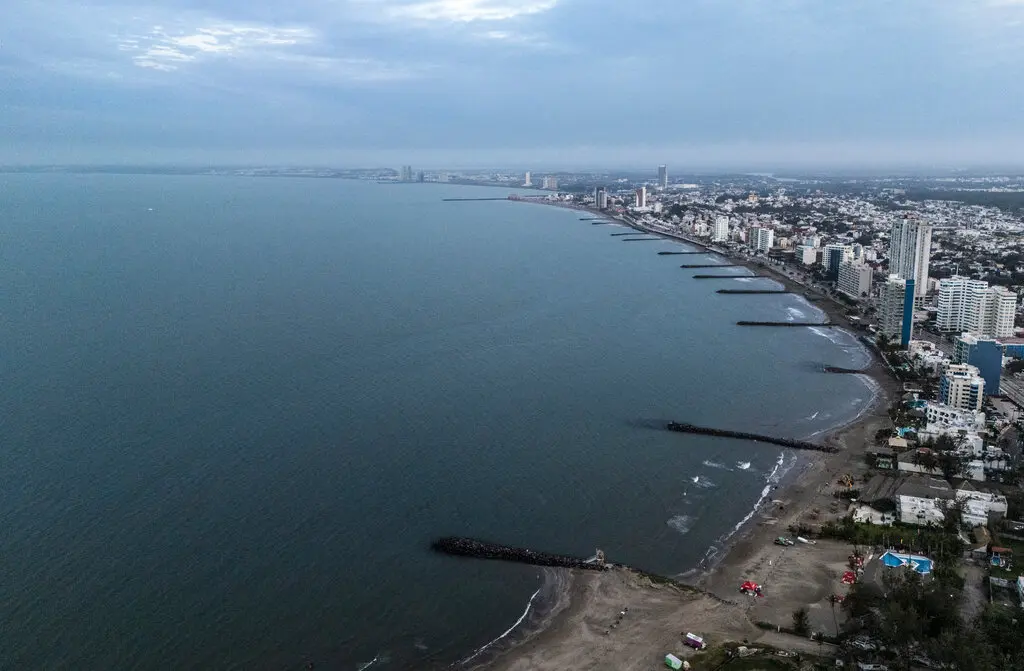
If you’ve opened Google Maps recently, you might have noticed something surprising—the body of water bordering the southern U.S. is now labeled the “Gulf of America.” This sudden change has sparked curiosity, confusion, and even controversy among users.
For decades, this region was widely known as the Gulf of Mexico. So why the update? Let’s break down what’s happening, why Google made this shift, and what it means for millions of Americans who rely on the app daily.
What Changed on Google Maps?
Google Maps, used by over 154 million people in the U.S. monthly, quietly updated its labeling of the body of water along the southern coast of Texas, Louisiana, Mississippi, Alabama, and Florida. The area previously labeled the “Gulf of Mexico” now appears as the “Gulf of America” for users in the U.S.
This change appears to apply only to U.S.-based users. International users and other platforms like Apple Maps still refer to it as the Gulf of Mexico. Google has not officially commented on the reasoning behind the update, leaving many to speculate about political, cultural, or technical motivations.
Why Did Google Maps Make This Change?

While the exact reason remains unclear, experts suggest a few possibilities:
- User-Generated Data Influence: Google Maps often incorporates data from local users, governments, and organizations. If U.S. sources began referring to the region as the Gulf of America, the algorithm might have adopted the term.
- Political or Cultural Shift: Some speculate this reflects a broader effort to “reclaim” geographic names, similar to past debates over landmarks like Mount McKinley/Denali.
- Technical Glitch: Less likely, but possible—a bug in the algorithm could have triggered the change.
Historically, bodies of water are named through international agreements or longstanding tradition. The Gulf of Mexico has been recognized under that name since early European exploration in the 1500s.
Public Reaction: Support, Backlash, and Memes

The update has ignited fiery debates online:
- Critics argue the change erases cultural and historical ties to Mexico, calling it “revisionist” and “divisive.”
- Supporters claim it better reflects the gulf’s geographic connection to the U.S., given that 55% of its coastline belongs to American states.
- Social media exploded with memes, including jokes about renaming the “Atlantic Ocean” to the “Ocean of America.”
Environmental scientists and historians have also weighed in. Dr. Elena Martínez, a marine biologist, noted, “The name doesn’t change the ecosystem, but it could impact cross-border conservation efforts tied to the Gulf of Mexico’s identity.”

Click to read more…
Apple Cider Vinegar Netflix Series: A Deep Dive into the Shocking True Story
A Brief History of Google Maps Updates
Google Maps, launched in 2005, has always evolved based on user feedback and geopolitical changes. Notable updates include:
- 2010: Adding bike routes after user petitions.
- 2014: Adjusting Crimea’s borders post-Russian annexation (showing different borders based on the user’s location).
- 2020: Labeling the West Bank as “Palestine” or “Israeli settlements,” depending on regional settings.
These changes highlight how Google Maps balances accuracy, politics, and localization—a tricky tightrope act.
Interesting Facts About Google Maps
- Street View’s Origins: The feature began in 2007 with a car strapped with cameras driving through San Francisco.
- Real-Time Updates: During disasters like hurricanes, Google Maps collaborates with local authorities to provide evacuation routes.
- Hidden Games: Type “PAC-MAN” into the search bar on desktop to turn a map into a playable game.
- Most Edited Place: The White House holds the record for the most user-edited location (often as pranks).
What This Means for U.S. Users

The “Gulf of America” label could have ripple effects:
- Travel & Tourism: Confusion for tourists booking trips to Gulf Coast destinations.
- Education: Textbooks and classrooms may clash with digital maps.
- Diplomacy: Mexico has yet to formally respond, but the move risks straining cultural ties.
Google Maps’ influence is massive—67% of U.S. smartphone users rely on it for navigation. Even small changes can shape public perception.
Conclusion: Maps Are More Than Just Names
The “Gulf of America” update reminds us that maps are living documents, shaped by technology, politics, and culture. While Google Maps aims to reflect reality, its version of reality is always evolving. For now, the change sparks a broader conversation: Who gets to name the places we live in, and what’s lost or gained when those names change?
Whether this label sticks or fades, one thing’s certain—Google Maps will keep us talking, navigating, and occasionally scratching our heads. Stay tuned for updates, and keep an eye on that ever-changing digital atlas in your pocket.
FAQs About the Google Maps ‘Gulf of America’ Update
1. Why did Google Maps change the name to Gulf of America?
Google hasn’t officially explained the change, but theories include user-data influence, political motives, or a technical error.
2. Can I switch back to the old name?
Not directly. Google Maps customizes labels based on location and data sources. International users still see “Gulf of Mexico.”
3. Is this change permanent?
Unclear. Past updates (like Crimea’s borders) show Google can reverse or adjust labels based on feedback.
4. Are other U.S. geographic names changing?
No widespread changes are reported yet, but this incident highlights how fluid digital maps can be.
5. How does Google decide on geographic names?
It uses a mix of governmental data, international agreements, and user contributions.
6. Could this affect U.S.-Mexico relations?
While minor, the symbolism might stir diplomatic conversations, especially around shared environmental or economic interests in the gulf.
1 thought on “Google Maps Sparks Debate With New ‘Gulf of America’ Label: What You Need to Know”